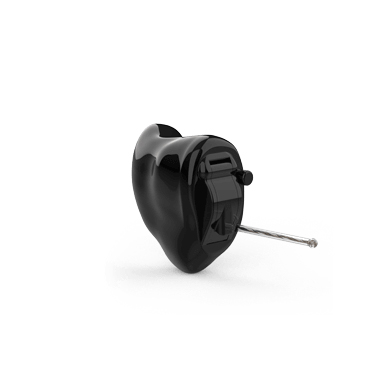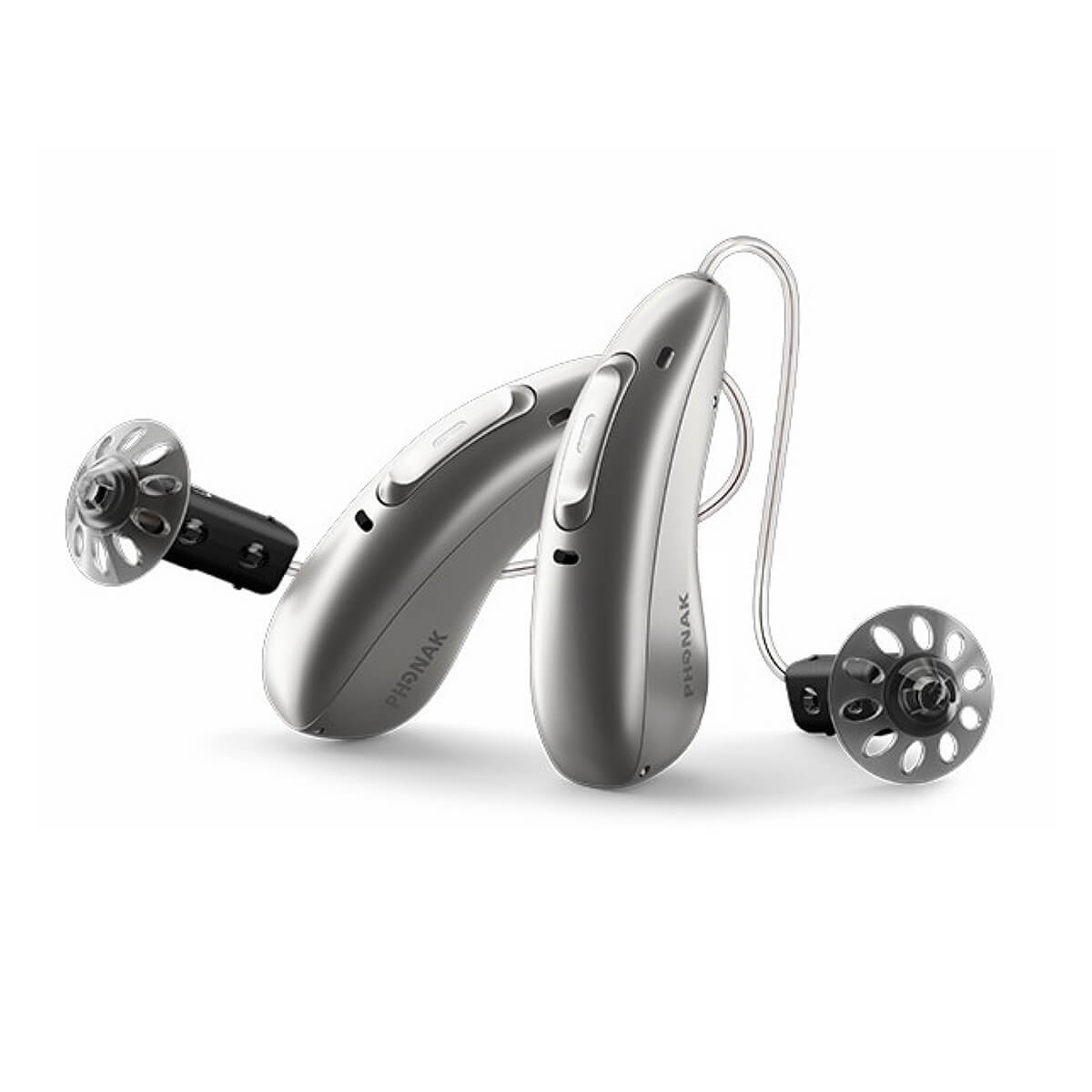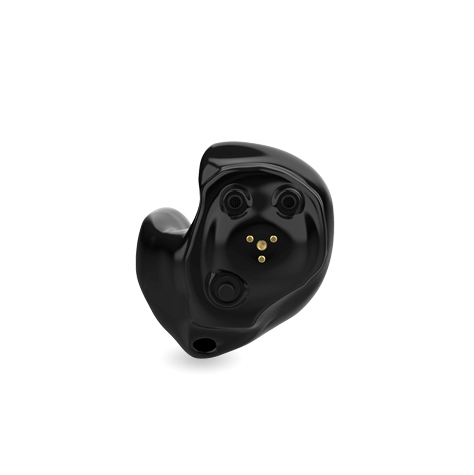Hearing aids are specialized treatment devices designed to help people with hearing impairments.
These devices work by amplifying sound to a level where it can be easily heard and understood. Hearing aids come in a variety of shapes, sizes, and styles, ranging from more advanced digital models to simple behind-the-ear style versions. They are often custom-fitted to the user's ear, ensuring optimal output capabilities and comfort.
Hearing aids may also incorporate special features such as noise reduction and directional microphone systems for enhanced sound clarity. Most importantly, they must be prescribed by audiologists, who evaluate both hearing ability and lifestyle to determine the best treatment options. Hearing aids are individually fitted and programmed to suit the wearer's specific needs. For this reason, it is important to schedule an appointment for a hearing test. Whether you are new to hearing aids or you have a pair you’d like to have adjusted, Cadenza Audiology is here to help. Dr. Lee can service your hearing aids and she also works with all major hearing aid brands.
First developed over a century ago, hearing aids in the 21st century continue to evolve into smarter, beneficial devices as technology advances.
Hearing aids are small, electronic devices that receive and amplify sound from your environment and direct this amplified sound into your ears. Though hearing aids come in many different sizes, shapes, and styles, they share main components:
- Microphone: picks up sound;
- Amplifier: makes sound louder;
- Receiver: sends amplified sound into ear.
- Battery: provides energy supply.
Hearing Aid Styles

Invisible-in-Canal (IIC) & Completely-in-Canal (CIC)

Receiver-in-Canal (RIC) & Receiver-in-the-Ear (RITE)
Behind-the-Ear (BTE)

In-the-Ear (ITE)
Hearing Aid Features
Most hearing aids have telecoils, a setting that allows you to connect to induction loop systems via electromagnetic waves, which deliver crisp sound from PA systems directly to your ears.
Hear Freely. Laugh Heartily. Live Fully.
Hearing | Tinnitus | Pediatrics


